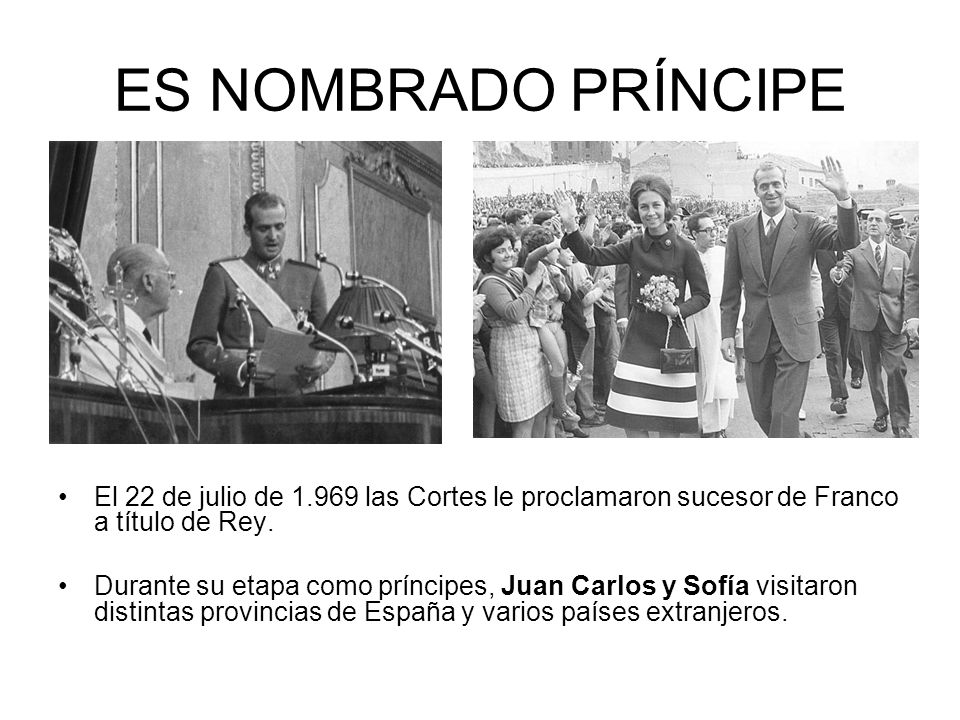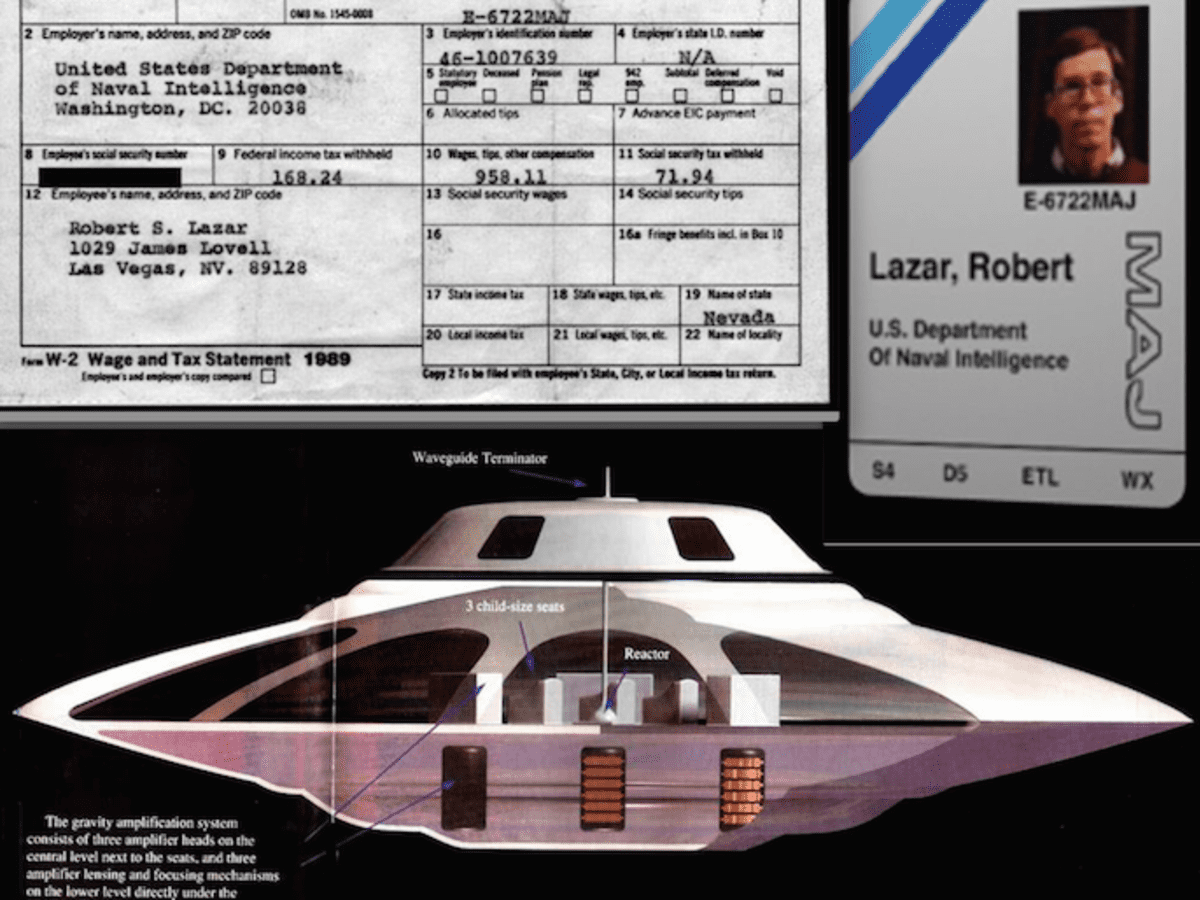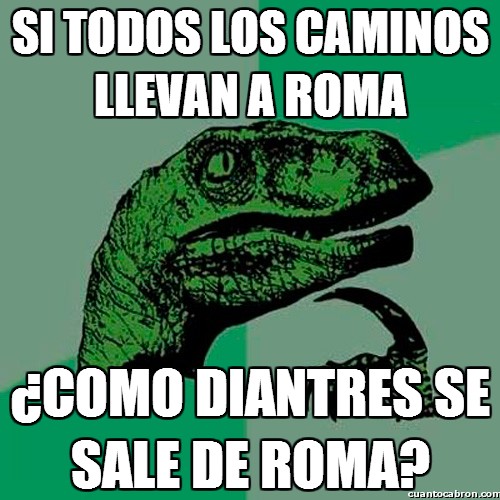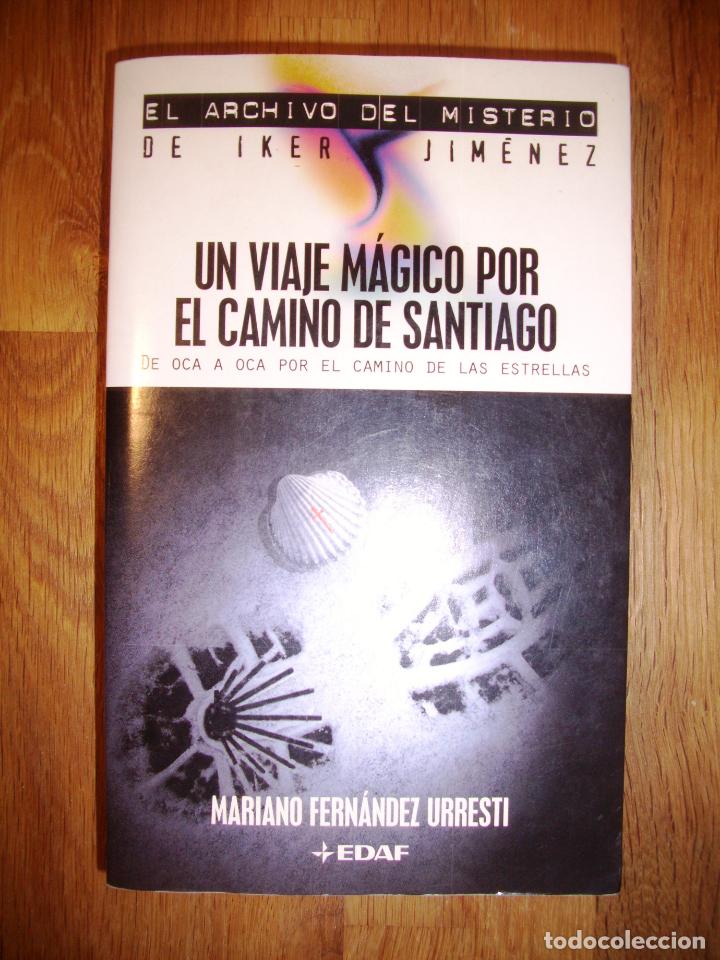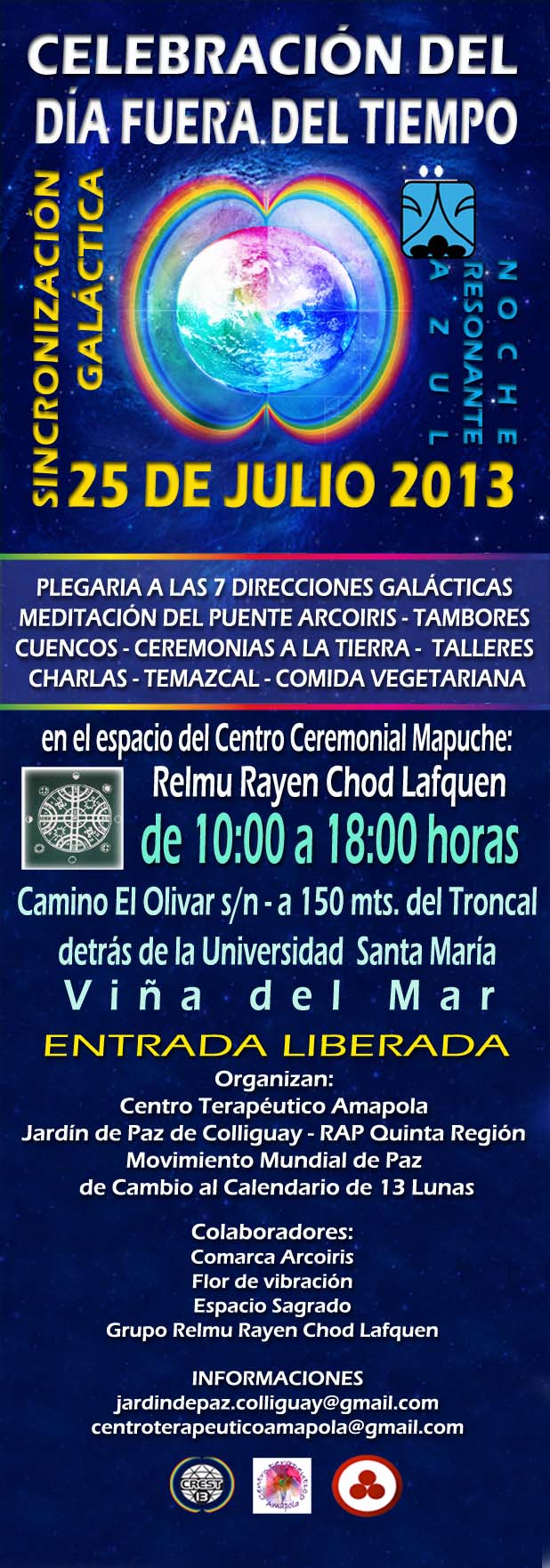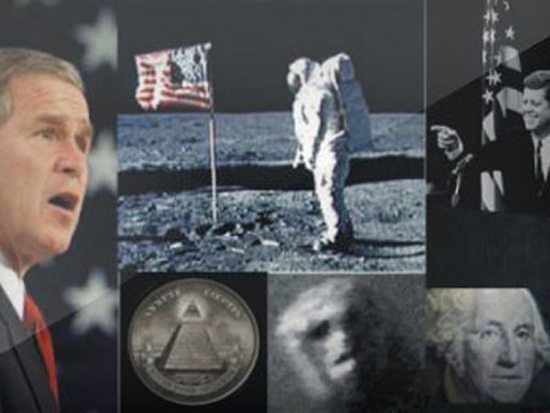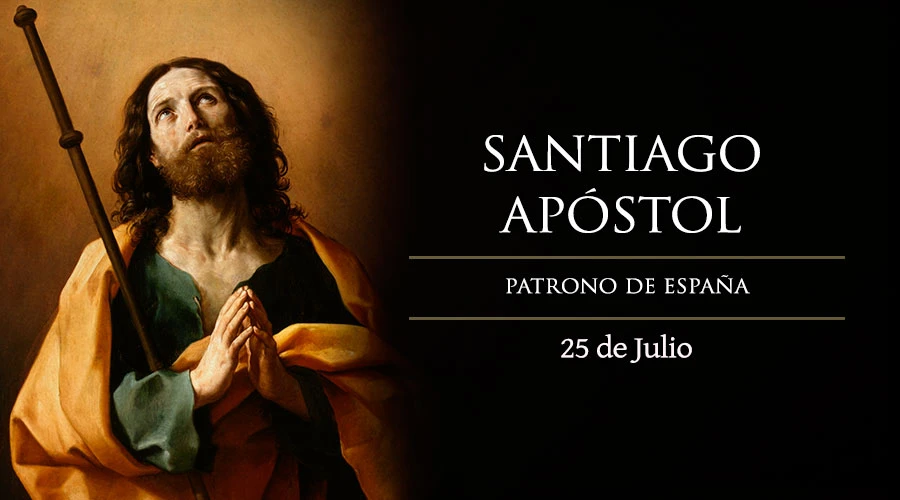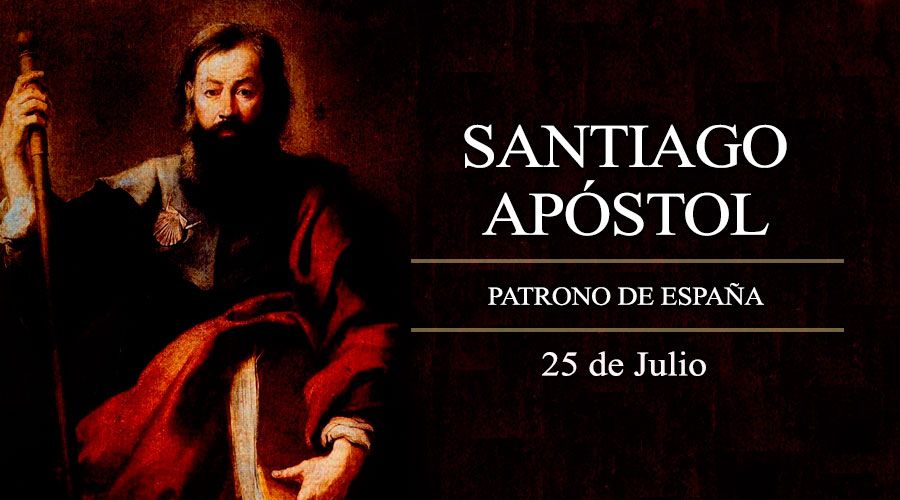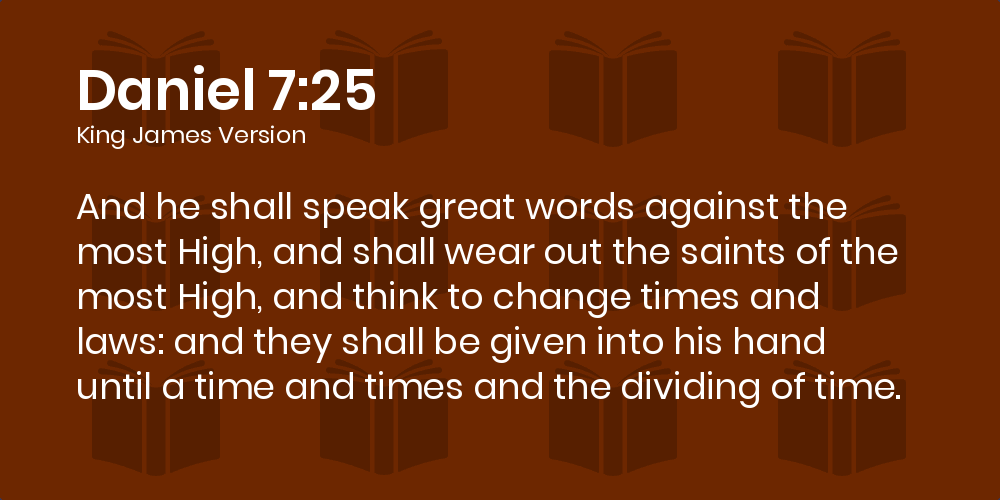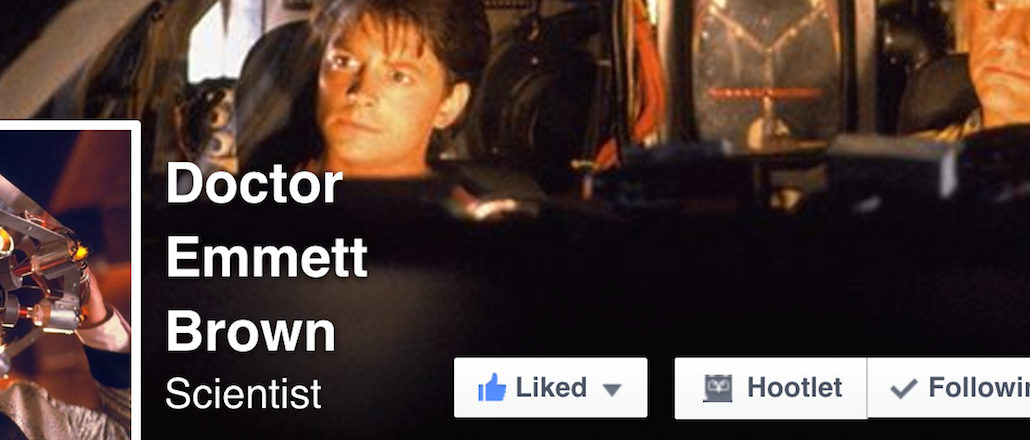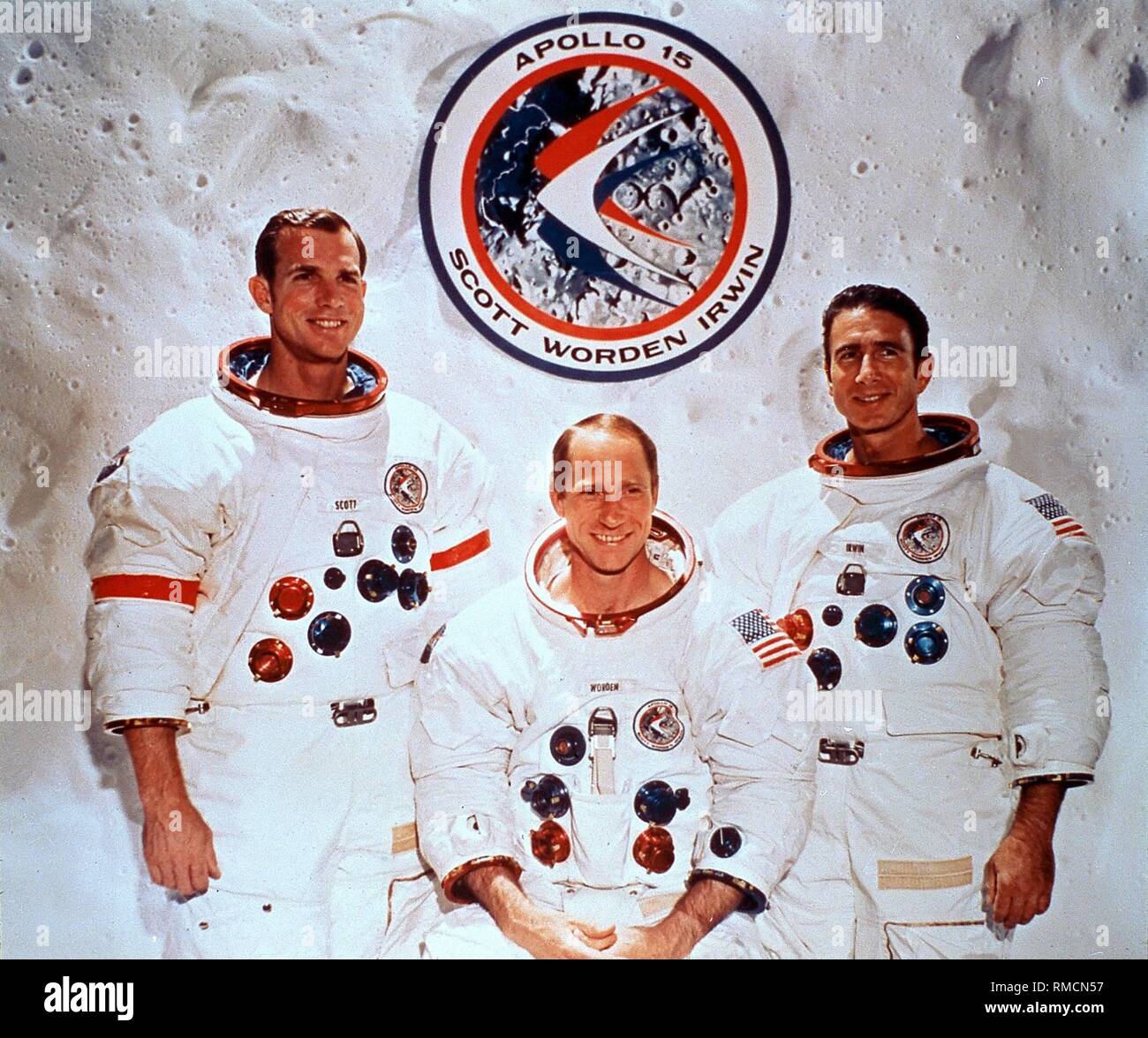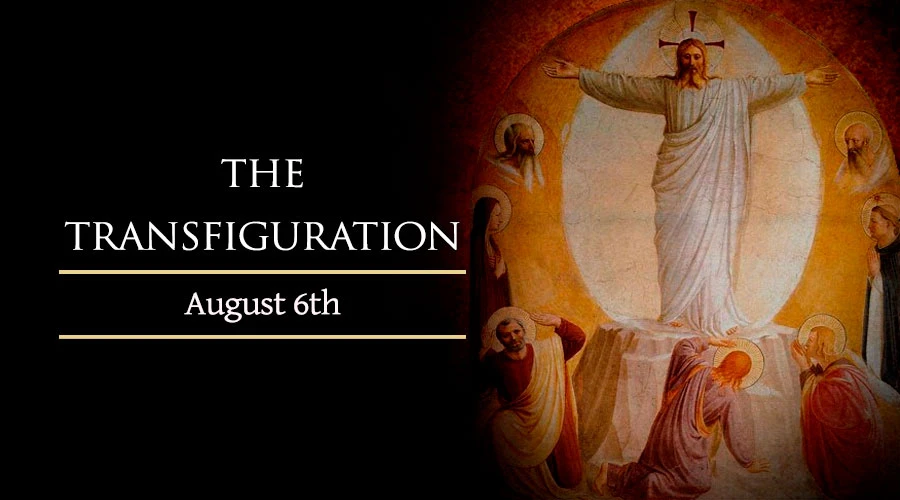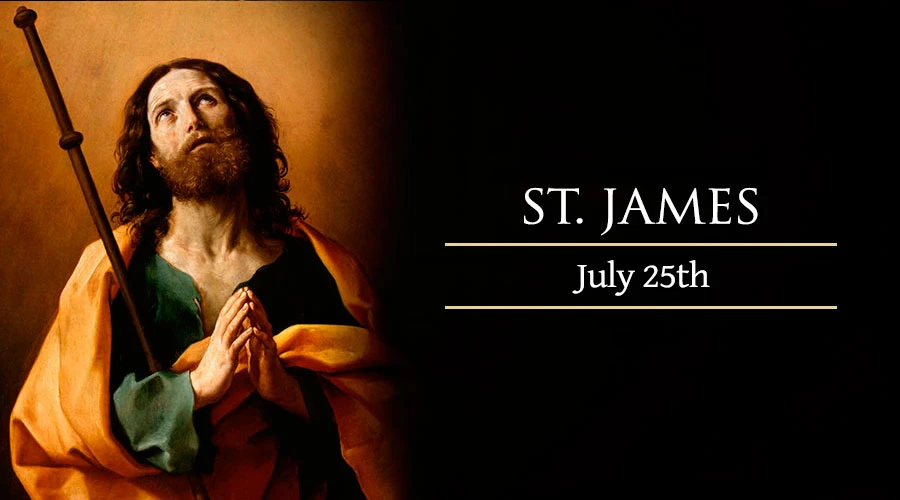|
|
Mezquita-Catedral de Córdoba
Es el monumento más emblemático de Córdoba. Un lugar cargado de historia y belleza. Declarada Patrimonio de la Humanidad en 1984, su condición de Mezquita-Catedral la hacen única en el mundo. A pesar de la austeridad que, hoy en día, nos muestra por fuera, en su interior una explosión de arte la convierten en uno de los lugares más bellos de nuestro país.
Mezquita-Catedral de Córdoba.
La Catedral de la Asunción de Nuestra Señora, es el nombre eclesiástico de la Catedral de Córdoba, o antigua Mezquita de Córdoba. Se comenzó a construir en el 786 en el lugar que ocupaba la basílica visigótica de San Vicente Mártir.
Mezquita-Catedral de Córdoba.
La mezquita fue objeto de ampliaciones durante el Emirato de Córdoba y el Califato de Córdoba. En 1238, tras la Reconquista, se llevó a cabo la reconversión de la mezquita en una catedral católica con la ordenación episcopal de su primer obispo. En 1523 se empezó la construcción de una basílicarenacentista de estilo plateresco en el centro del edificio musulmán.
Mezquita-Catedral de Córdoba.
La demolición de parte de la Mezquita para construir la catedral siempre fue motivo de controversia, el propio Carlos V, la primera vez que la visito, durante la construcción de la catedral, dijo: "Si llego a saber lo que estáis haciendo aquí, jamas habría autorizado esta construcción. Catedrales en España tenemos muchas, pero Mezquitas como esta, ninguna."
Sin embargo, es algo que no tiene vuelta atrás y gracias a lo cual, la Mezquita-Catedral es única en el mundo entero.
|
|
|
|
|
The James Webb telescope: part alien life detector, part time machine
In the lead-up to the launch of the James Webb telescope, we look at the scientific objectives of the most powerful space observatory ever sent into orbit.
Are we alone in the universe? What did the first galaxies formed after the Big Bang look like? How did the planets in our solar system emerge? The James Webb telescope hopes to find answers to these existential questions.
Set to launch on December 22, the James Webb is the product of the combined scientific prowess of NASA, the European Space Agency (ESA) and the Canadian Space Agency (CSA) – and by extension, Université de Montréal (UdeM). The CSA contributed a scientific instrument and a guidance sensor to the massive observatory and René Doyon, Director of UdeM’s Institute for Research on Exoplanets (iREx) and a professor in the Physics Department, is the principal investigator on the Canadian scientific team.
Together, the components supplied by the CSA, NASA and the ESA form the most complex, accurate and powerful space observatory ever built, one that promises revolutionary discoveries in astronomy.
The unparalleled power of the observatory will help scientists throughout the world scrutinize the distant reaches of the universe to learn more about the composition and inhabitability of exoplanets and study the life cycle of stars.
Exploring new worlds in search of life
The James Webb Telescope is the successor to the Hubble space telescope but is more precise and efficient because of the size of its mirror, the range of light it can detect and its location.
These attributes will enable the Webb to study the planets in our solar system and other planetary systems in unprecedented detail. Moreover, the scientific instrument developed by Doyon’s team is designed to analyze many types of celestial bodies, including the atmospheric composition of distant exoplanets.
“What we’re looking for, our holy grail, are ‘biosignatures,’ that is, signs of extraterrestrial life,” explained iREx coordinator Nathalie Ouellette, an astrophysicist who does communications for the James Webb.
She hastened to add that we shouldn’t imagine these signs of life the way they are depicted in science fiction films: “We’re talking about finding signs of biological activity or the signature of certain molecules that we have identified as essential to life, such as oxygen, water vapour, carbon dioxide, methane and ozone. Based on the presence of such molecules, particularly in certain combinations, we may be able to determine that conditions are conducive to the development of life when we explore an exoplanet using the telescope.”
Casting light on the dawn of the universe
Telescopes are also time machines of a sort. “Looking into space is like looking into the past,” said Ouellette. “Light waves travel so fast that, to the naked eye, they seem to flash instantly from one point to another. In space, however, the distances are so vast that the time it takes light to travel is perceptible.”
That makes the Webb a marvellous time machine. It will be able to see back in time to 200 million years after the Big Bang, something that has never been done before. “With the Hubble, we could go to 500 million years after the Big Bang, so now we’re going 300 million years further,” noted Ouellette. “That’s remarkable, considering that the beginning of the universe was a tumultuous period. Galaxies were colliding and stars were forming at a rapid pace.”
“Tell me where you come from and I’ll tell you who you are”
The Webb will thus improve our understanding of the development of the first luminous objects (galaxies) over time. Ouellette believes the telescope will also provide insight into the creation of our own solar system.
“We still have many questions about the origins of life in our solar system. We don’t know exactly how we came to be on Earth and how the planets were formed,” Ouellette pointed out. “By studying other systems, stars and planets at various stages of development, we hope to be able to trace our own history and understand ourselves better.”
That is the ultimate goal of the James Webb: to revolutionize our understanding of the universe and, above all, to place the Earth, in all its fragility and uniqueness, in a broader context.
https://nouvelles.umontreal.ca/en/article/2021/12/09/the-james-webb-telescope-part-alien-life-detector-part-time-machine/ |
|
|
|
|
https://www.kxan.com/weather-traffic-qas/nasa-built-a-time-machine-how-the-james-webb-telescope-will-see-the-origins-of-the-universe/ |
|
|
|
|
Arthur James Balfour, I conde de Balfour, KG, OM, PC (25 de julio de 1848-19 de marzo de 1930) fue un político, aristócrata y estadista británico que se convirtió en el trigésimo tercer primer ministro de ese país.
|
|
|
 Primer Primer
 Anterior
52 a 66 de 66
Següent Anterior
52 a 66 de 66
Següent
 Darrer
Darrer

|
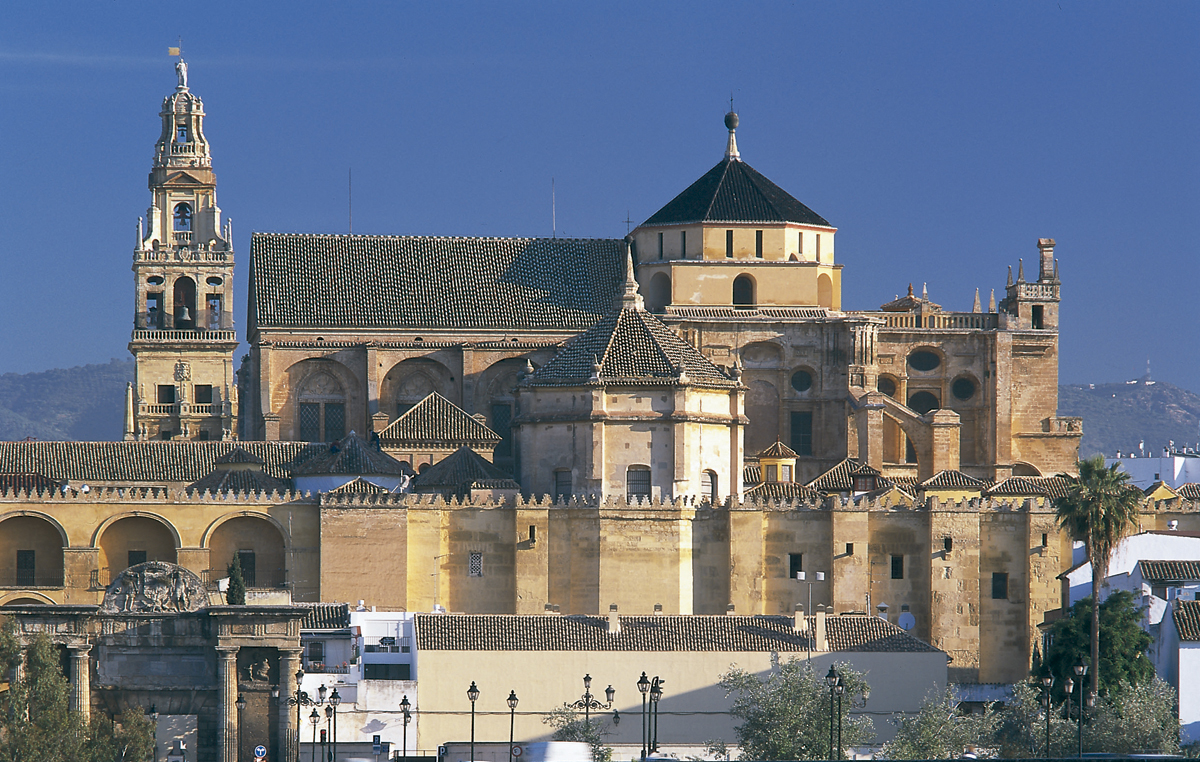
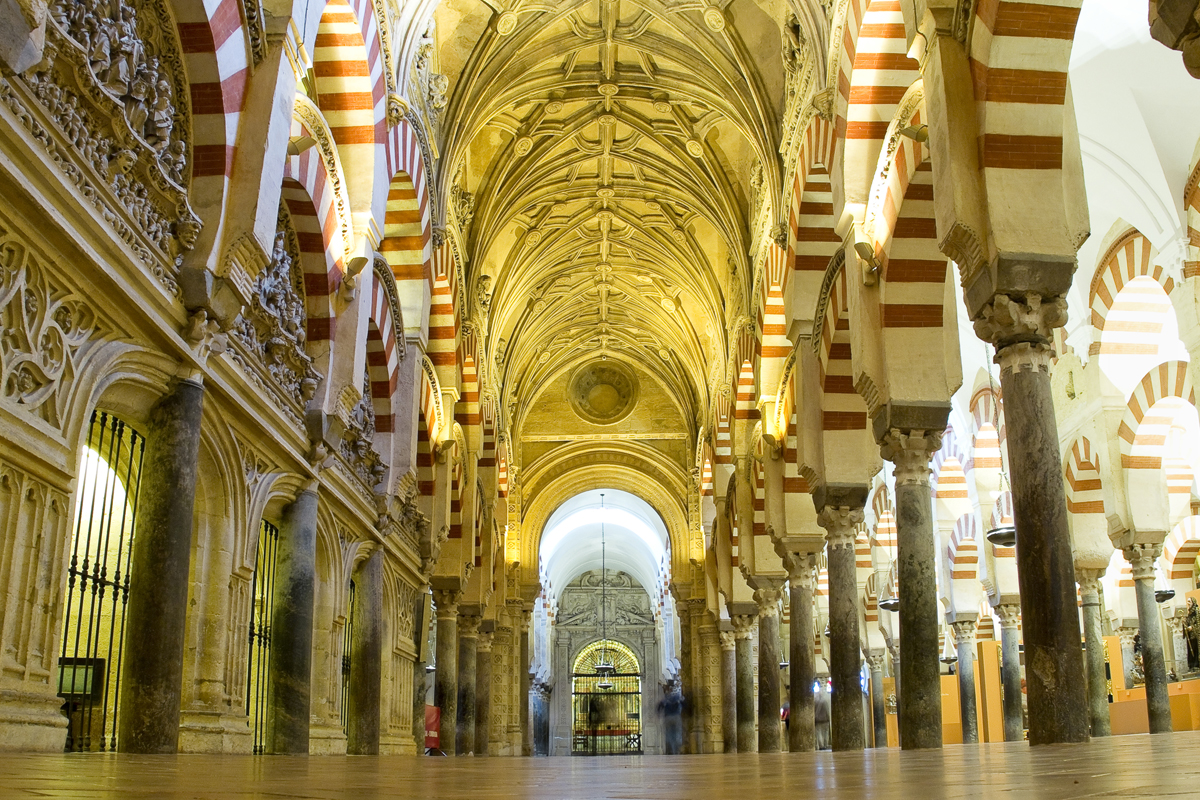
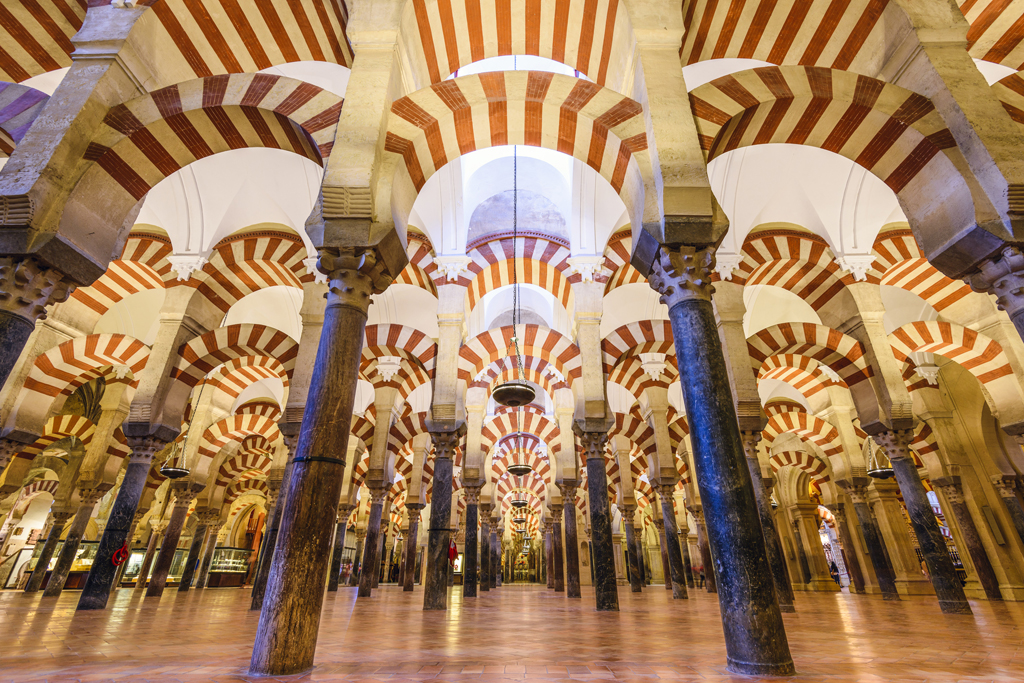

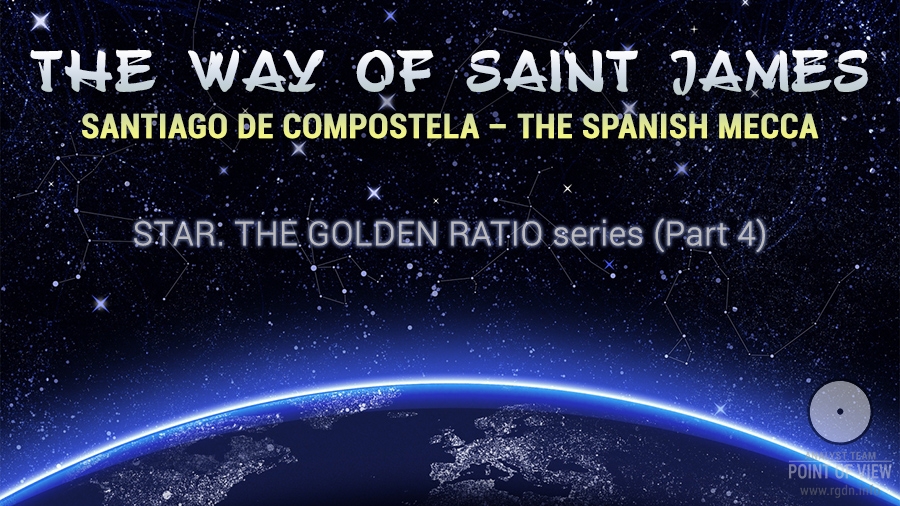
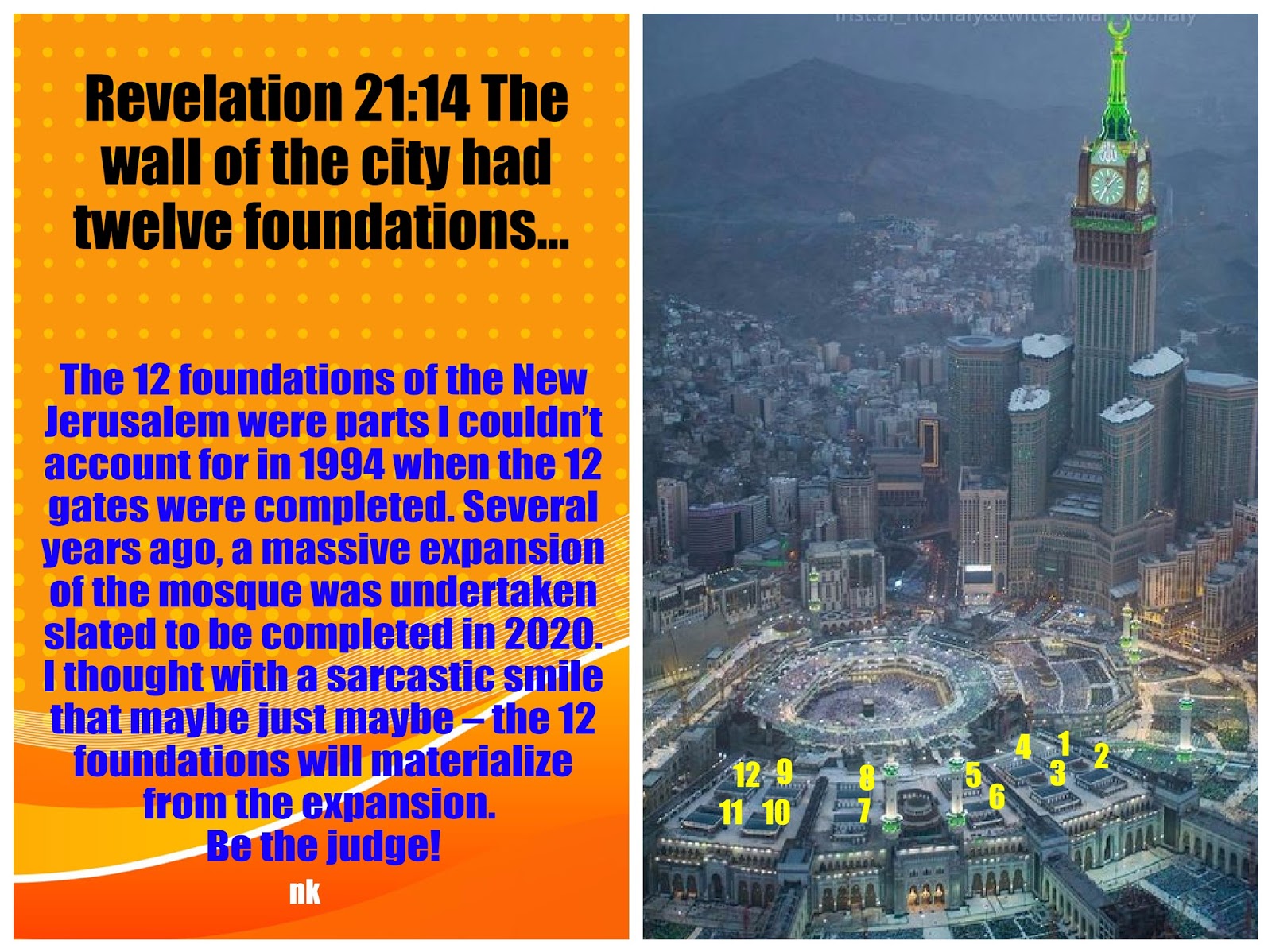
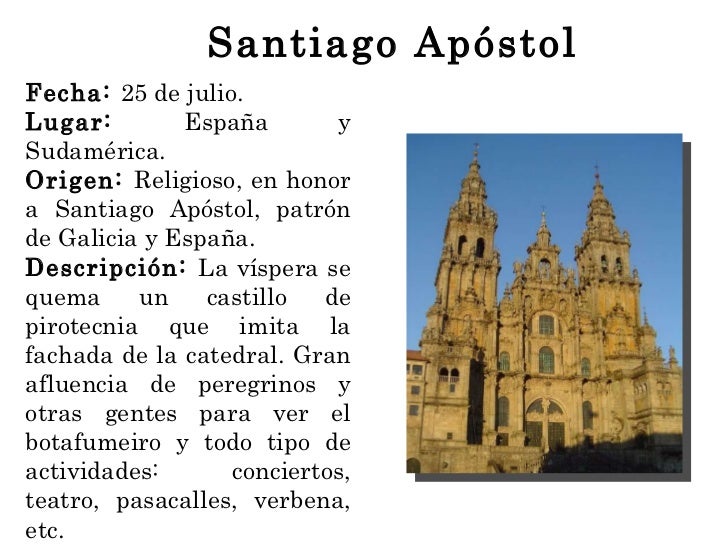
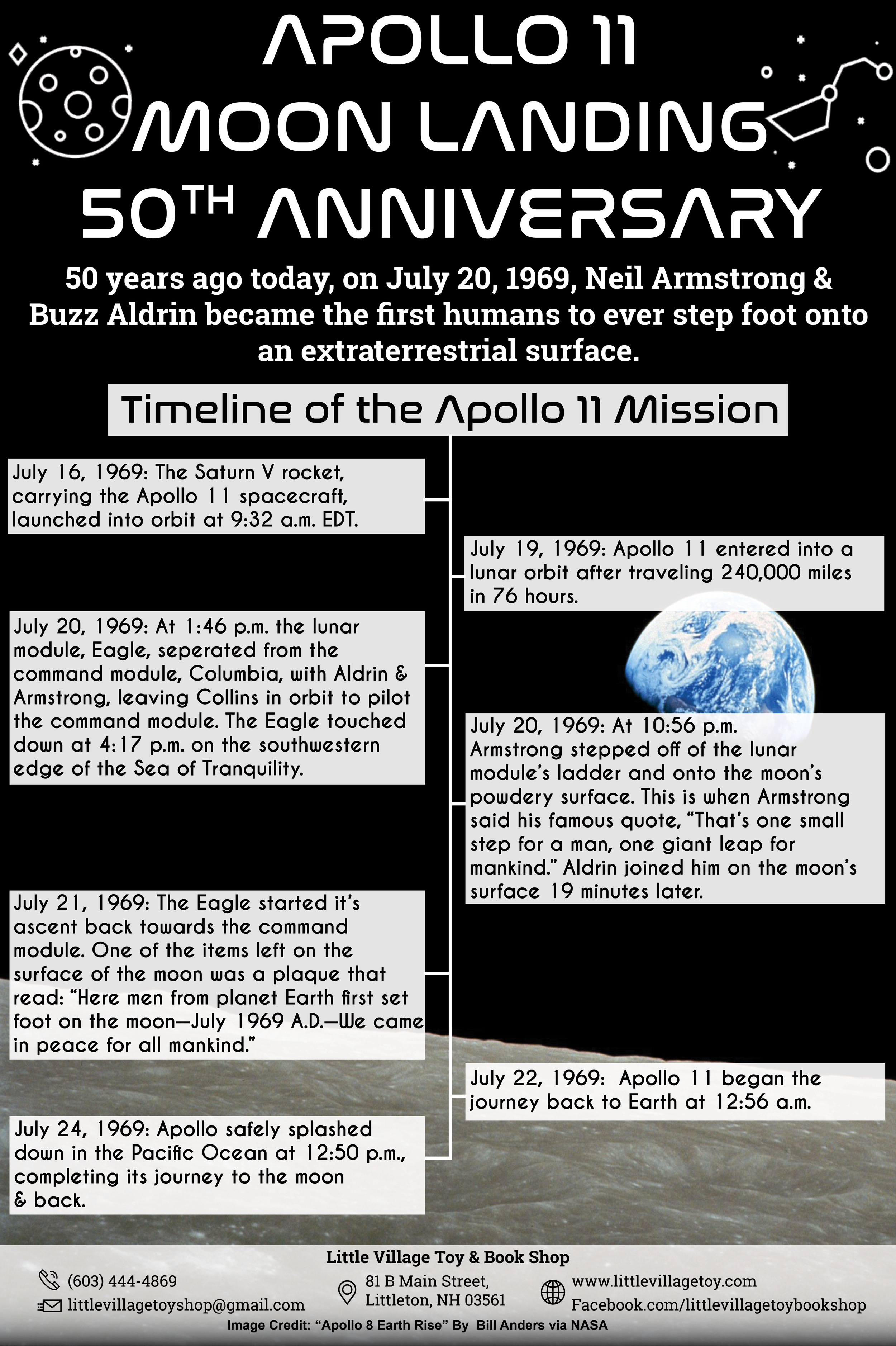
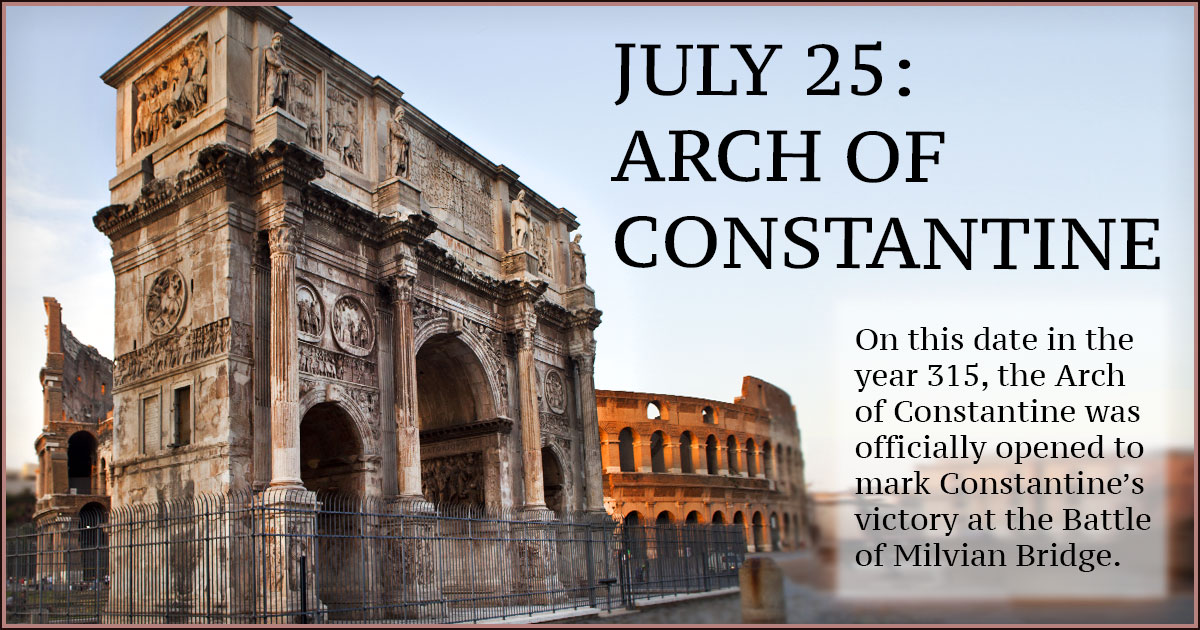
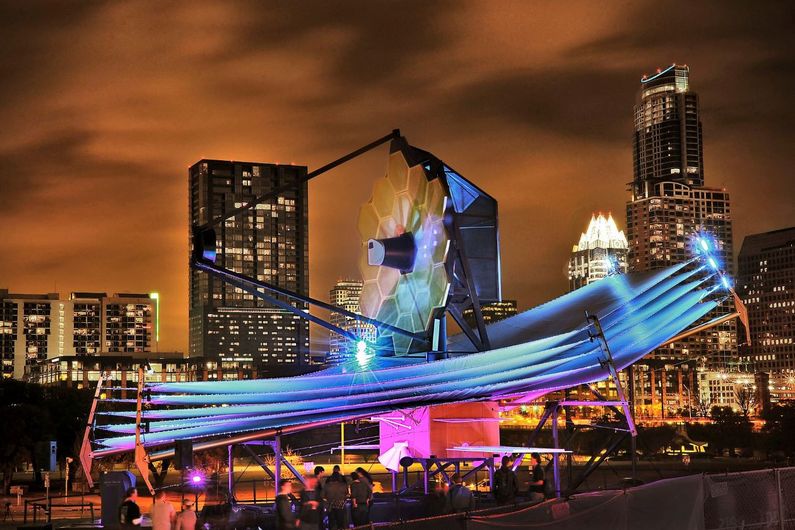


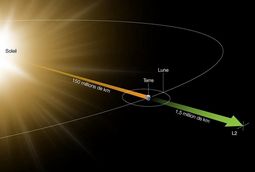
 There are several forms of light, but human eyes can only see visible light. The Webb telescope can see infrared
There are several forms of light, but human eyes can only see visible light. The Webb telescope can see infrared The Webb Telescope uses a sun shield to protect itself from the sun’s light.
The Webb Telescope uses a sun shield to protect itself from the sun’s light.

